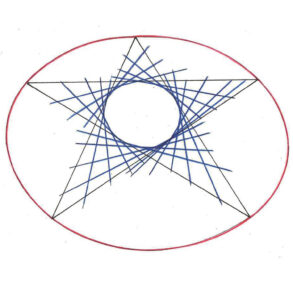
Between 1916 and 1925, Paul Klee created some 50 hand puppets for his son Felix Klee, some of them made during his years, from 1920 onwards, as a master at the Weimar Bauhaus. They were created in response to his child’s desire to have his own puppet theater and were intended exclusively for this intimate setting. Nevertheless, they reveal something of Klee’s enthusiasm for the stage and the search for characters.
After the Second World War, 30 of these dolls remained in his son’s care, and it was not until 1977 that they were exhibited in Neuchâtel for the first time. They are unmistakably “characters”—artistic beings that appear to have a soul. Their “puppet-ness” is a mask for the hands of those playing with them. Some seem scary and others bizarre, but none of these puppets are simple-minded or unambiguous. They are complex, free of moral categories in which they have to reprise themselves. They instantly ignite the imagination. Some appear friendly when viewed from the front, but in profile, they express something completely different. They are vehemently theatrical characters, and yet it is not entirely clear what kind of story they will tell once they appear.
It seems to me that their depth comes from the freedom that Paul Klee embodied as an artist. His willingness to play and the humor in his creations express this. It is a freedom that Christine Gruwez suggests is a movement between ecstasy and asceticism, for which she considers masks to be threshold figures.1 This is the mystery of something eternal that eludes everyday judgment. In order to delve into this field, you need a willingness for puzzles, which can be enjoyed at a transformed level, as humor.
Translation Laura Liska
Footnotes
- See Christine Gruwez, “The Game and the Mask”, the Goetheanum Weekly, Issue 37, 2024.









